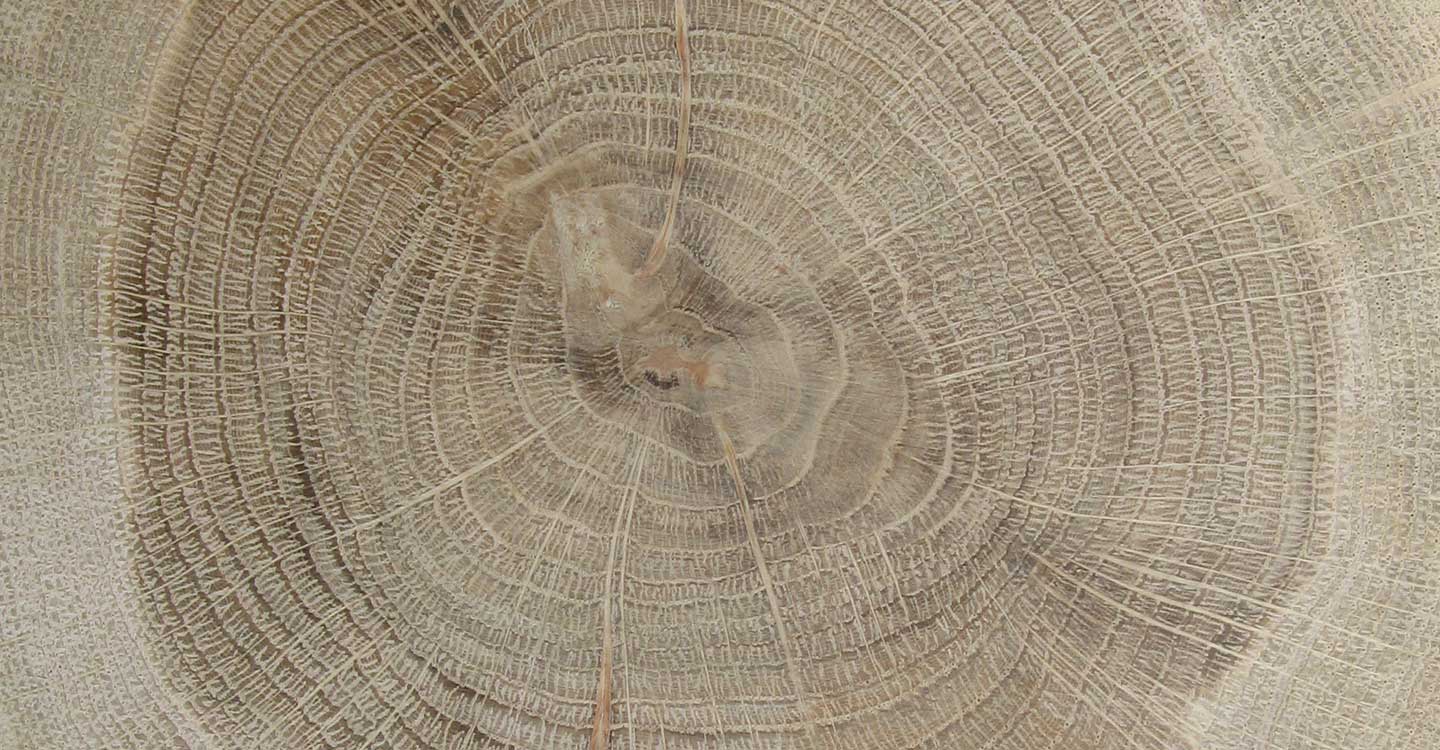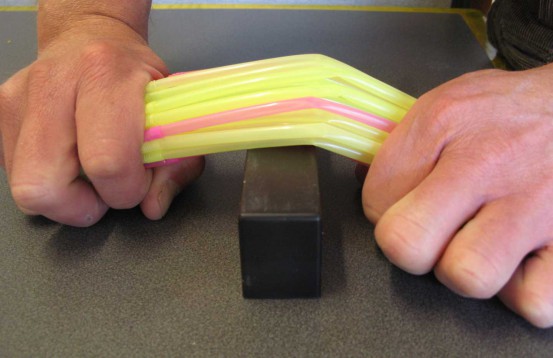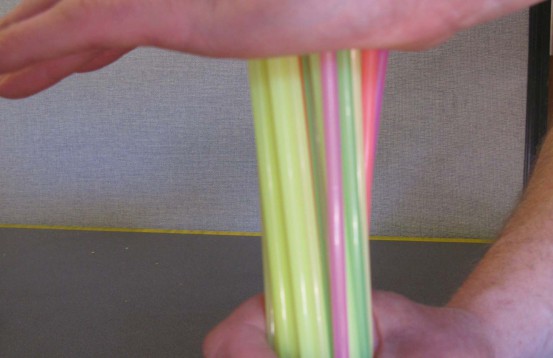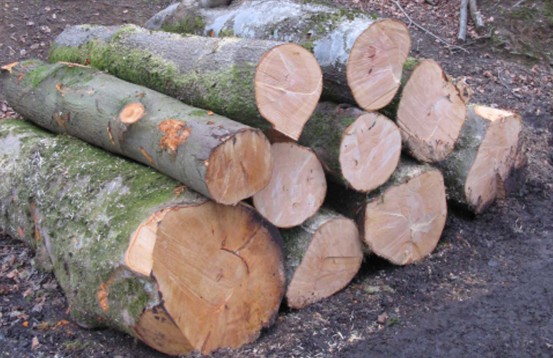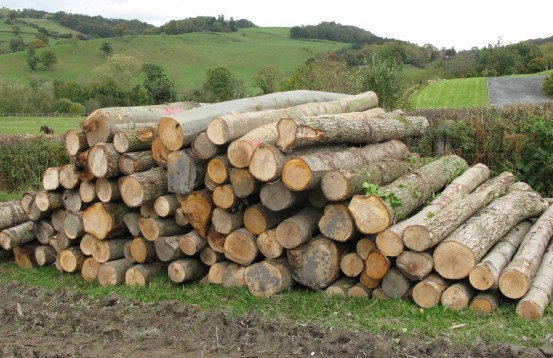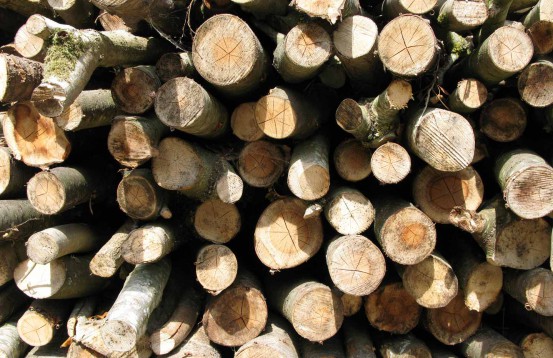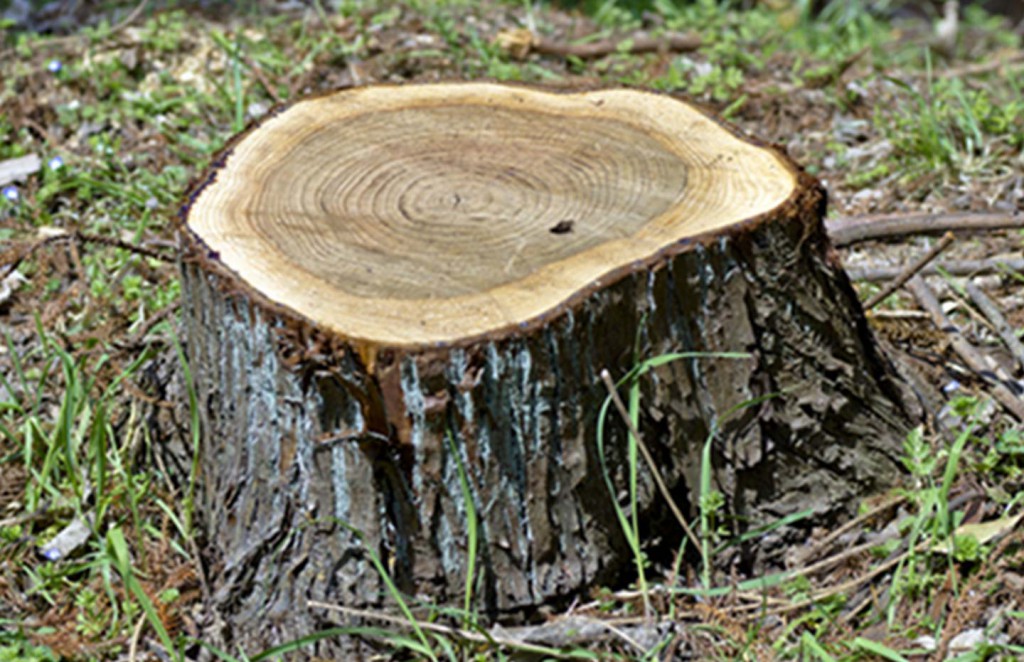The structure of a tree trunk is similar to a bundle of straws wrapped together, allowing moisture and nutrients to be pumped from its roots to its foliage, which in return sends sugar down to its branches, trunk and roots.
Endgrain is exposed when timber is cut across the annual growth rings at 90 degrees rather than cutting a plank of wood along the length of the tree. This type of cut exposes the internal character and mechanics of a tree to reveal a highly attractive and durable surface.
The very centre of the trunk of a tree is referred to as the pith, as can be seen in the diagram. The next rings out from the pith are the heartwood and then the sapwood. The sapwood fulfils the main functions of the trunk – support, food production and movement of nutrients absorbed by the roots to the top of the tree. The heartwood mainly has a supporting role. It is also important to note the presence of annual growth rings which comprise two sections: early wood and late wood.
The mechanical structure of the timber in a tree trunk can be compared to a bundle of straws. Applying pressure directly down onto the ends of the straws (endgrain) results in little or no distortion compared to putting the same force onto the side of the straws (long grain). It has far higher impact and wear resistance than that of conventional long grain. You can appreciate why endgrain has been utilised over the centuries on items such as mallets, cobbles for streets and industrial flooring, butchers’ blocks and carriage brake pads to name a few.
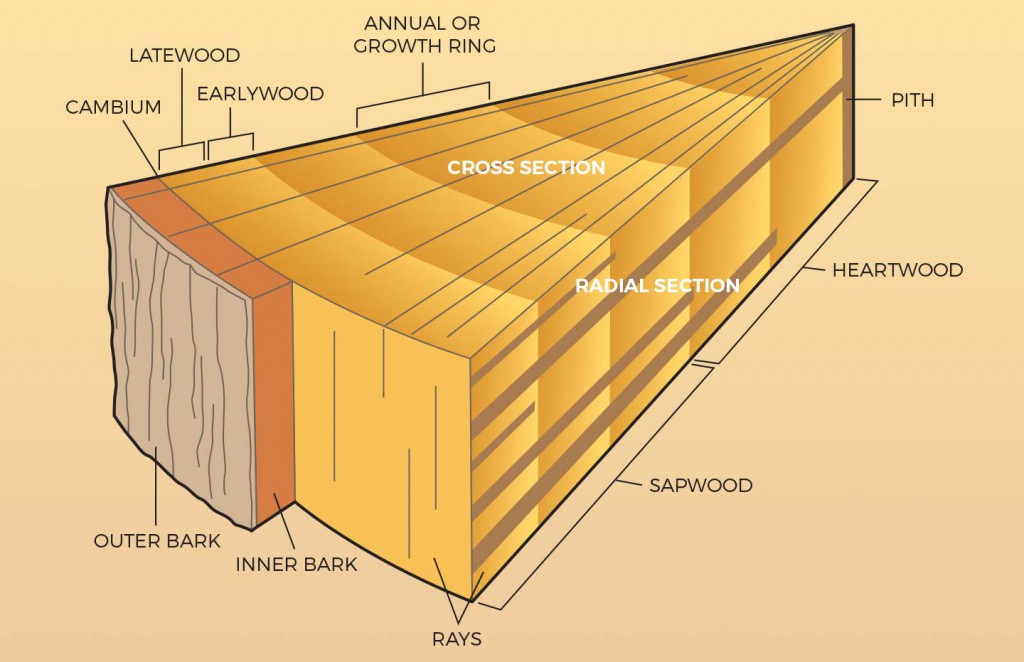
Section of a tree trunk showing all of the different layers.

